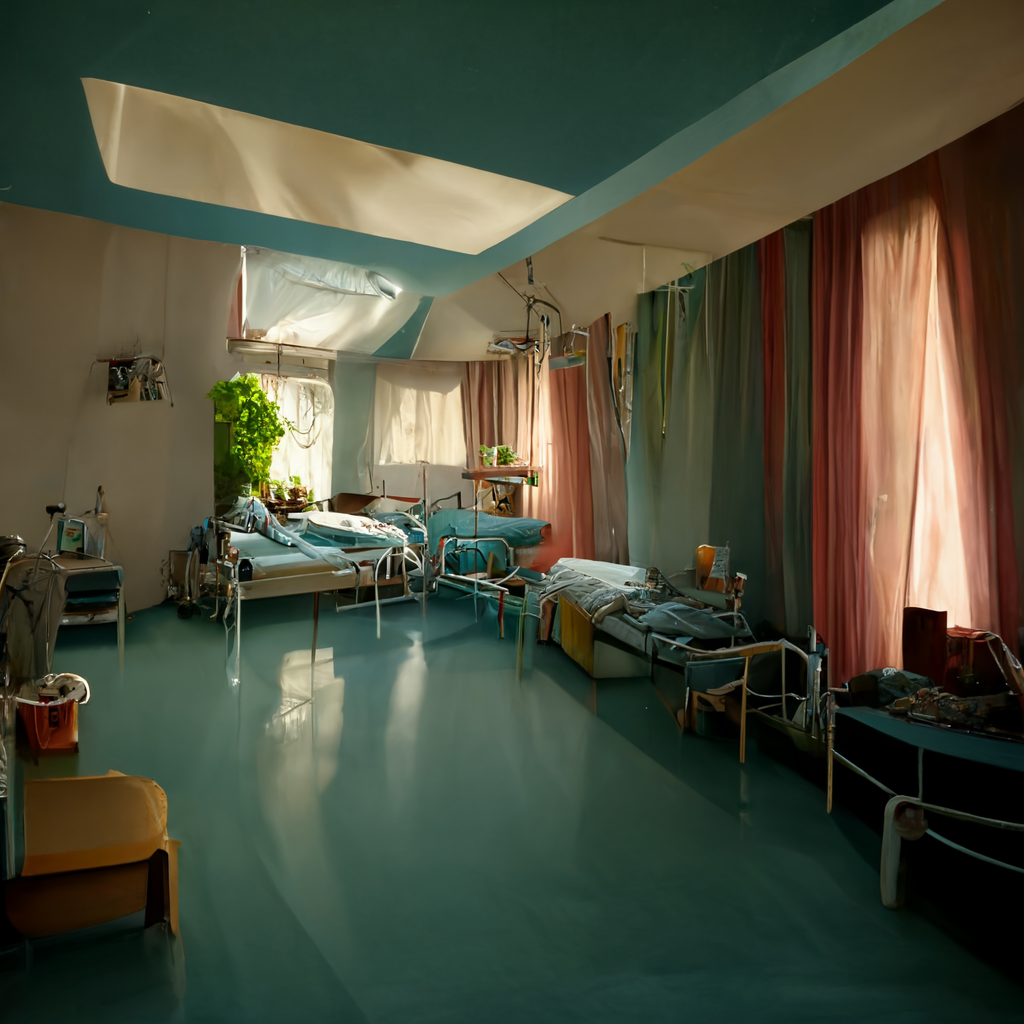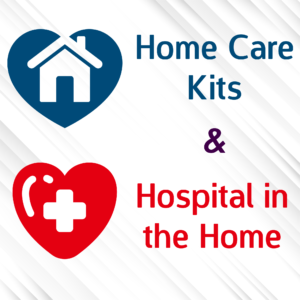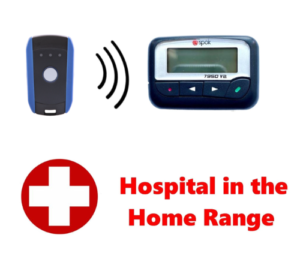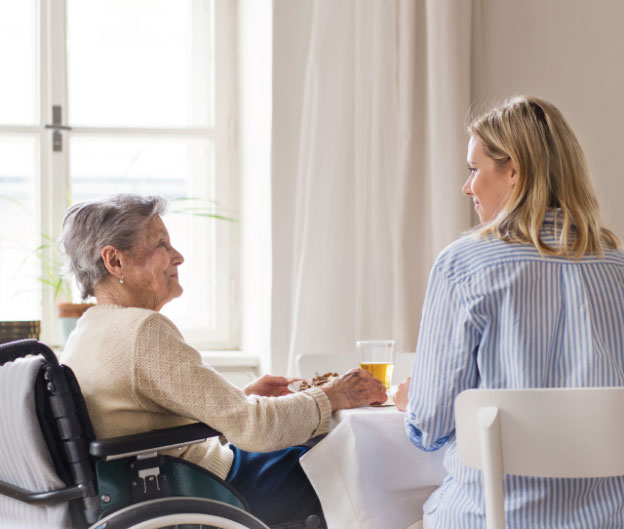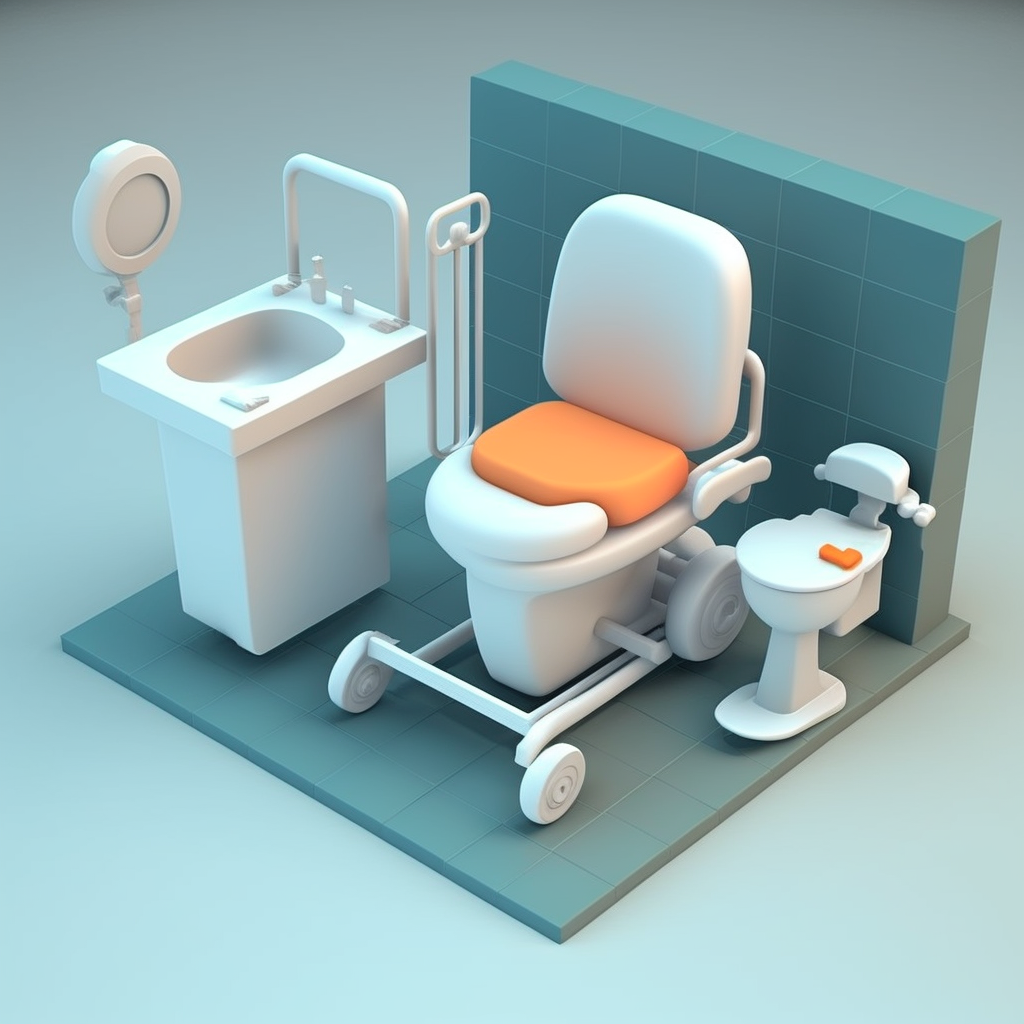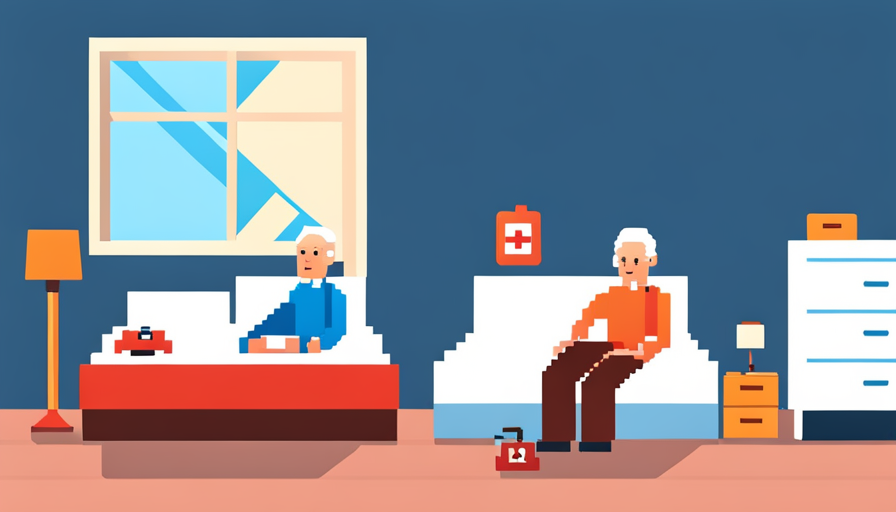Creating a Hospital Environment at Home: How Hospital in the Home can Help the Elderly and Disabled
Hospital in the Home (HITH) is an innovative approach to providing healthcare to elderly and disabled individuals in the comfort of their own homes. It allows healthcare professionals to monitor their patients remotely, ensuring their safety and well-being. HITH has proven to be an effective and cost-efficient way of providing healthcare, as it eliminates the need for costly hospital stays. In this article, we will discuss what hospital in the home is, the types of assistive technologies used in HITH, and the various products available to help create a hospital environment at home.
Introduction to Hospital in the Home
Hospital in the Home (HITH) is a model of care that provides healthcare services to individuals in their own homes. This is done through a combination of medical and nursing care, remote monitoring, and the use of assistive technologies. This approach has been used to provide care to elderly and disabled people, reducing their need for hospital stays, and allowing them to remain in their own homes.
Hospital in the home is an effective way to improve the quality of life for elderly and disabled individuals, as it allows them to receive the care and attention they need in a familiar environment. This type of care is especially beneficial for those who are unable to travel to a hospital, as it eliminates the need for costly and time-consuming hospital visits.
HITH aims to provide the same quality of care as a hospital while eliminating the need for expensive hospital stays. This approach also reduces the risk of infection and improves the quality of life for elderly and disabled individuals.
Types of Assistive Technologies Used in Hospital in the Home
Hospital in the home relies heavily on assistive technologies to provide the necessary care. These technologies include bed alarms, chair alarms, call buttons, emergency call systems, nurse call systems, and long-range wireless systems.
Bed alarms are used to monitor the patient’s movements and alert the caregiver if they leave their bed. Chair alarms are similar, but they are designed to detect if the patient has left their chair. Call buttons are used to call for help in an emergency situation, while emergency call systems are used to contact a carer or healthcare professional if the patient needs medical assistance. Nurse call systems are used to contact a nurse if the patient needs medical attention. These are often Long-range wireless systems.
Types of Hospital Alarms and Home Care Kits
Hospital alarms and home care kits are essential for creating a hospital environment at home. These alarm systems are designed to detect if the patient has left their bed, chair, or another area in the home. They can also be used to alert the caregiver if the patient needs medical attention. In addition, home care kits can provide the necessary equipment and supplies to assist with patient care.
The type of alarm system and home care kit needed will depend on the individual’s needs.
There are a variety of different types of hospital alarms available, such as bed alarms, chair alarms, call buttons, emergency call systems, nurse call systems, and long-range wireless systems. It is important to research the different types of alarm systems available and choose the ones that best suit the individual’s needs
For example, an elderly patient may require a bed alarm and/or a chair alarm, while a disabled patient may require a call button or a nurse call system.
Aged Care and Disabled Products
Aged care and disabled products are designed to provide the necessary assistance to elderly and disabled individuals. These products can range from simple items such as walking sticks and mobility aids to more sophisticated devices such as wheelchairs and hospital beds.
Aged care and disabled products can often be purchased from medical supply stores or online retailers. It is important to research the different types of products available and choose the ones that best suit the individual’s needs.
NDIS and Assistive Technology Devices
The National Disability Insurance Scheme (NDIS) provides funding for assistive technology devices. These devices can range from simple items such as wheelchairs and hearing aids to more sophisticated devices such as hospital beds and medical alarms.
NDIS funding can be used to purchase assistive technology devices for those who are eligible. It is essential to examine the multiple types of devices accessible and select the ones that are most appropriate for the person’s necessities.
Hospital in the Home Products – Bed Alarms, Chair Alarms, Emergency Call Systems, Nurse Call Systems, and More
Hospital-in-the-home products are designed to provide the necessary assistance to elderly and disabled individuals. These products can range from simple items such as bed alarms, chair alarms, and call buttons, to more sophisticated devices such as emergency call systems and nurse call systems.
We supply a variety of kits and can also cater to individuals’ needs.
Pendant to Pager, Call Point, Floor Mat and Door Reed
Pendant-to-pager systems are used to alert the caregiver if the patient needs assistance. These systems consist of a pendant worn by the patient, which is connected to a pager worn by the caregiver. When the pendant is activated, the pager will sound an alarm to alert the caregiver.
Call point systems are designed to detect if the patient has left their bed or chair. They can also be used to alert the caregiver if the patient needs medical attention.
Floor mat systems are used to detect if the patient has left their bed or chair. These systems consist of a mat placed on the floor, which is connected to an alarm. When the patient steps on the mat, the alarm will sound to alert the caregiver.
Finally, door reed systems are used to detect if the patient has left the room or premises. These systems consist of a door reed sensor connected to a transmitter. When the patient leaves the room, the transmitter will send a signal to a pager which will alarm to alert the caregiver.
Hospital Alarms, Crash Mats, Out of Bed Detection and Falls Prevention
Crash mats are used to detect if the patient has fallen, and out-of-bed detection systems can be used to alert the caregiver if the patient has left their bed. Finally, falls prevention devices are used to help reduce the risk of falls.
These products are essential for creating a hospital environment at home, as they can help to provide the necessary care and attention to elderly and disabled individuals.
Conclusion
Hospital in the Home (HITH) is an innovative approach to providing healthcare to elderly and disabled individuals in the comfort of their own homes. It allows healthcare professionals and carers to monitor their patients remotely, ensuring their safety and well-being. HITH has proven to be an effective and cost-efficient way of providing healthcare, as it eliminates the need for costly hospital stays.
In this article, we discussed what hospital in the home is, the types of assistive technologies used in HITH, and the various products available to help create a hospital environment at home. We also discussed the NDIS program and how it can be used to purchase assistive technology devices.
At Safe-Life, we provide a range of hospital-in-the-home products to help create a safe and comfortable environment for elderly and disabled individuals. Our range includes bed alarms, chair alarms, emergency call systems, nurse call systems, and more. With our hospital in the home range, you can push the button to access help anywhere – up to 100 meters!
If you or someone you know is in need of hospital-in-the-home products and services, contact us today. We are here to help you create a safe and comfortable environment for elderly and disabled individuals.





